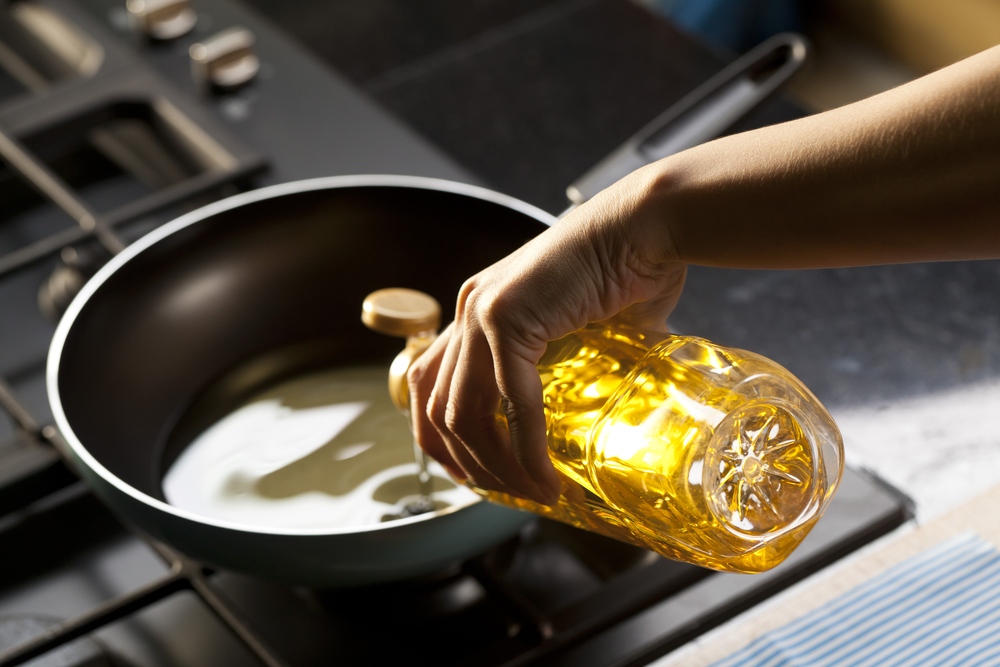Here’s the Expert Take on Which is Better for Cooking.
Others are reading now
Ever wondered whether cooking oil or lard is better for cooking? The answer depends on several factors, such as the cooking method you’re using, personal taste, and health goals.
We’ve delved into expert opinions to shed light on the matter: cooking oil or lard?
What is Lard?
Lard is the fat rendered from the pork belly or skin, a staple in Mexican cuisine – among others – for many years to utilize all parts of the animal.
-
Consistency: Thick when cold and liquid when heated.
Also read
-
Color and Flavor: White in color with a strong taste and aroma.
-
Uses: Ideal for long cooking processes, frying pork cracklings, and other dishes. It’s also used in tamales, bread, moles, local stews, or to add a unique flavor to beans, sopes, and tlayudas.
What is Cooking Oil?
Cooking oil is an industrial product derived from seeds (like canola, sunflower, soy) or fruits (such as olives), essential for frying, cooking, seasoning, or dressing foods.
-
Composition: According to Profeco, it consists of different types of fatty acids, which give a variety of properties to these products. They share a high smoke point, meaning they can be heated to high temperatures without burning.
Cooking with Oil or Lard: What’s Better?
There are many myths surrounding the benefits or risks of cooking with lard. To address these concerns, Dr. Armida Sánchez Escalante, a Food Science and Technology expert and professor at the Center for Research in Food and Development (CIAD), shared with the National Council for Humanities, Sciences, and Technologies (CONAHCYT) the main differences:
-
Physical State: Fats are solid at room temperature, while oils are liquid.
-
Origin: Fats are found in all animal organisms, meaning oils are generally of plant origin.
-
Composition: Both fats and oils are mixtures of triglycerides. Oils contain a higher proportion of unsaturated fatty acids compared to fats.
-
Hydrogenation: Oils can be turned into fats, becoming solid. However, this process transforms unsaturated fats into trans fats, posing health risks by increasing bad cholesterol (LDL) and decreasing good cholesterol (HDL).
Dr. Angélica Pacheco, with a Master’s in Clinical Nutrition, stated on social media that “lard is a source of mono and polyunsaturated fatty acids, which are beneficial for cardiovascular health.”
She emphasized that as a natural product, lard does not contain trans fats and can be a butter or vegetable shortening alternative, which, despite being made from vegetable oils like coconut, becomes a source of trans fats after hydrogenation.
Nutritionist Nancy S shared on her TikTok account the caloric differences when cooking with oil and lard, highlighting that 1 tablespoon of each ingredient provides:
-
Oil: 130 calories, 15g total fats, and 13g saturated fats.
-
Lard: Only 74 calories, 8g total fats, and 5g saturated fats.
When choosing lard or any other ingredient, it’s crucial to carefully review product labels to understand their nutritional contributions. The decision to use lard or cooking oil is personal, but knowing expert opinions on food can help make informed choices.



